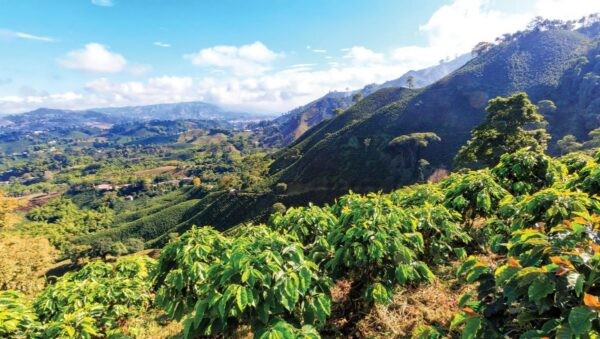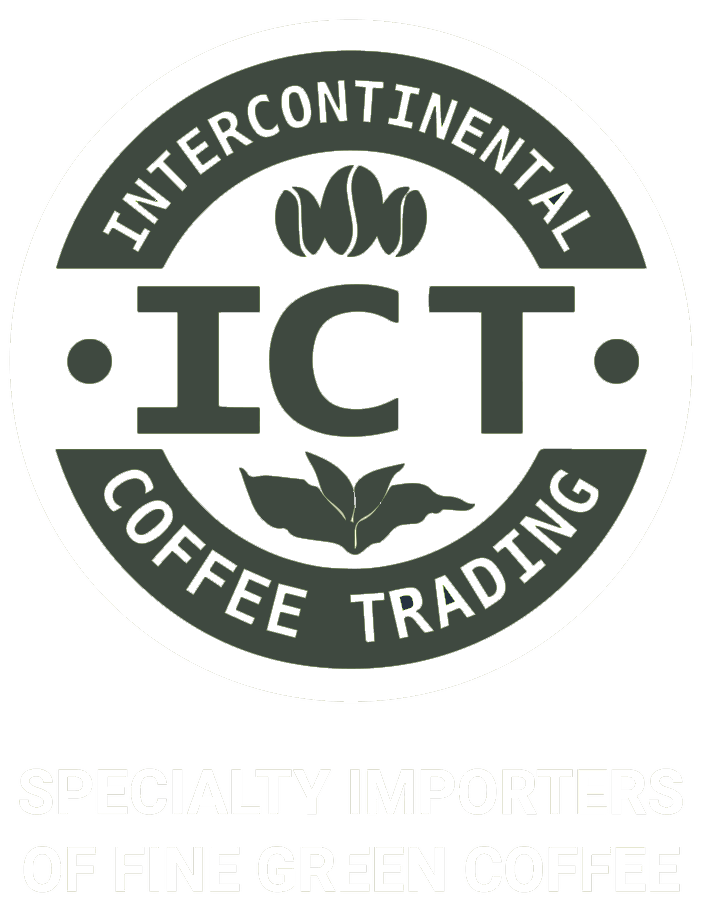Import Origins
African Coffee
African coffee is renowned for its exceptional quality, diverse flavors, and rich cultural significance. The continent is a major producer, with Ethiopia being the birthplace of coffee. Ethiopian coffees, such as Yirgacheffe and Sidamo, are celebrated for their distinct fruity and floral notes.
Kenya produces beans known for their bright acidity and full body, while Tanzanian coffee often exhibits a wine-like complexity. The unique combination of high altitudes, favorable climates, and rich soils contributes to the distinctive profiles of African coffees.
Additionally, coffee cultivation in Africa often involves traditional methods, with smallholder farmers playing a crucial role. Beyond its economic importance, coffee holds cultural significance, with traditional coffee ceremonies fostering community and social bonds. African coffee thus stands as a testament to the continent’s rich coffee heritage, captivating global enthusiasts with its diversity and quality.
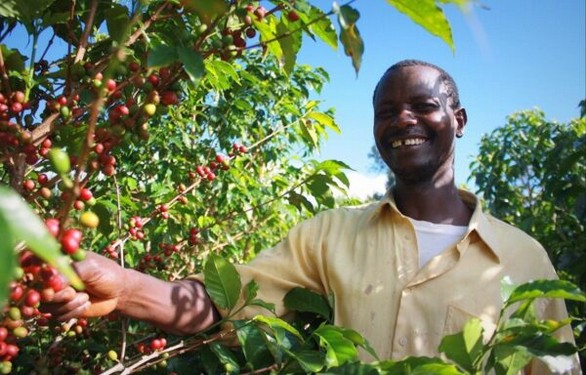
Asian Coffee
Asian coffee, while not as universally recognized as some other regions, has been gaining prominence for its distinctive flavors and unique production methods. Countries like Indonesia, Vietnam, and India contribute significantly to the Asian coffee landscape. Indonesian coffees, such as Sumatra and Java, are known for their full-bodied, earthy profiles with hints of spice. Vietnam is a major player in the robusta coffee market, offering a bold and intense brew.
In India, coffee cultivation in regions like Coorg and Chikmagalur produces beans with a balanced flavor profile, often featuring chocolate and nutty notes. The region’s diverse climates and altitudes contribute to the variety in Asian coffee. While not as globally dominant as some other regions, Asian coffee is carving a niche for itself, captivating enthusiasts with its unique and evolving offerings.
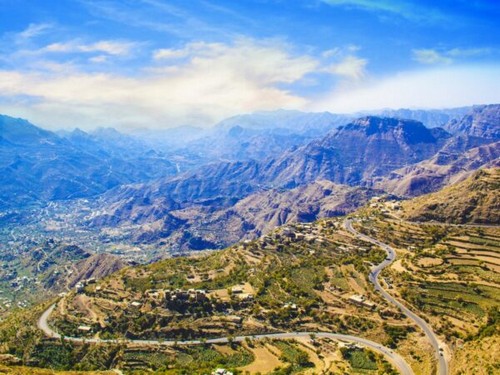
Caribbean
Jamaican coffee, particularly the renowned Blue Mountain coffee, stands as a symbol of excellence in the Caribbean. Cultivated in the misty peaks of the Blue Mountains, the beans are distinguished by their mild flavor, lack of bitterness, and vibrant acidity. The region’s unique climate, high altitudes, and fertile soils contribute to the coffee’s exceptional quality. With a well-balanced profile featuring notes of mild citrus, floral undertones, and a smooth, velvety texture, Blue Mountain coffee is highly sought after and considered one of the world’s finest and most expensive coffees.
The Jamaican coffee industry places a strong emphasis on quality control and certification, ensuring that each bean meets stringent standards. This commitment to excellence has solidified Jamaican coffee’s reputation as a luxury product, enjoyed by connoisseurs seeking a refined and exquisite coffee experience.
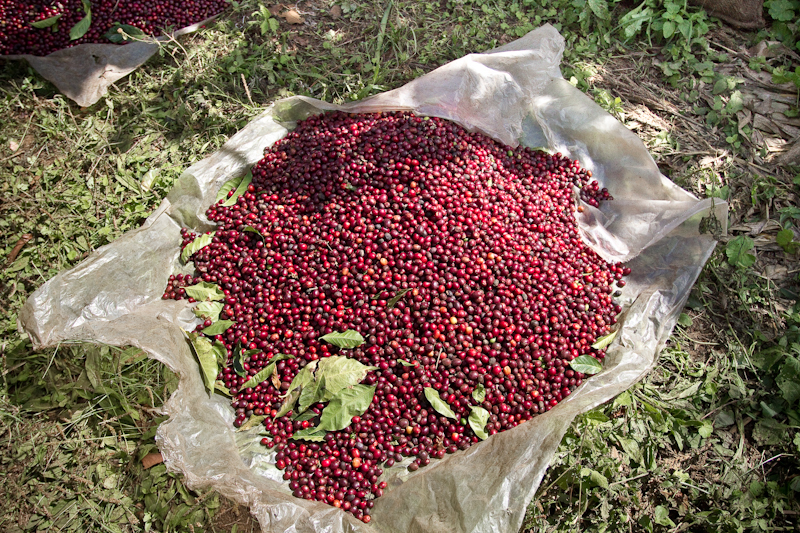
Central America
Central American coffee is renowned for its exceptional quality, diverse flavors, and distinctive profiles, making the region a key player in the global coffee market. Countries such as Guatemala, Costa Rica, Honduras, Nicaragua, and El Salvador are prominent producers. Guatemalan coffees are known for their full body, bright acidity, and complex flavor notes, often featuring chocolate, citrus, and floral undertones. Costa Rican coffees are celebrated for their well-balanced profiles, combining bright acidity with honey-sweetness.
Honduran and Nicaraguan coffees offer a range of flavors, from nutty to fruity, while Salvadoran coffees are recognized for their delicate acidity and versatility. The region’s volcanic soils, high altitudes, and diverse microclimates contribute to the unique characteristics of Central American coffees, making them highly sought after by coffee enthusiasts seeking a variety of taste experiences.
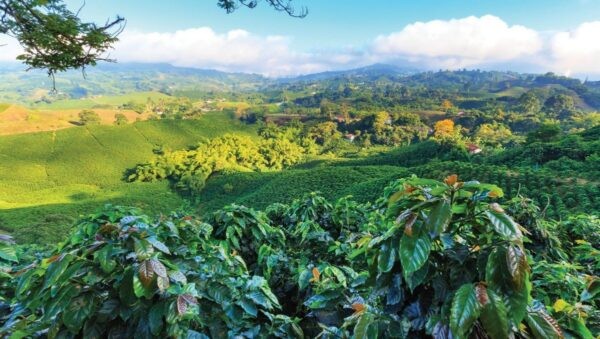
North America
Coffee from Hawaii and Mexico stands out as noteworthy in North America’s coffee landscape. In Hawaii, the Kona region, with its volcanic soil and optimal climate, produces coffee known for its exceptional quality. Kona coffee is characterized by a smooth, medium body and vibrant acidity, often featuring notes of nutty sweetness.
In Mexico, particularly in regions like Chiapas and Veracruz, coffee cultivation thrives at high altitudes, contributing to the unique flavor profiles. Mexican coffee is appreciated for its balance, medium body, and bright acidity, with hints of chocolate and citrus. Both Hawaii and Mexico showcase the diversity and quality that North America contributes to the global coffee scene. While not as extensive as other coffee-producing regions, these areas carve a distinctive niche, captivating enthusiasts with their unique terroirs and the richness of their coffee offerings.
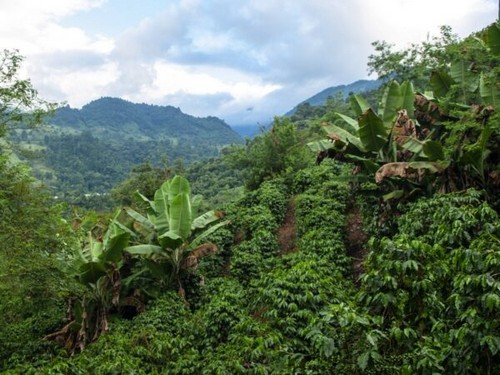
South America
South America is a powerhouse in the world of coffee production, with countries like Brazil, Colombia, and Peru playing pivotal roles. Brazil, as the largest global producer, yields a diverse range of beans, from the nutty and chocolatey Santos to the fruity and bright Bourbon varieties. Colombian coffee, celebrated for its smooth body and well-balanced acidity, often features in the world’s finest blends. Peruvian coffee is gaining recognition for its unique flavor profiles, influenced by the country’s diverse microclimates.
South American coffees, shaped by rich soils, high altitudes, and tropical climates, offer a wide spectrum of tastes, from the bold and robust to the bright and nuanced. The region’s coffee industry not only fuels economies but also defines global coffee standards, making South America an indispensable contributor to the international coffee market.
